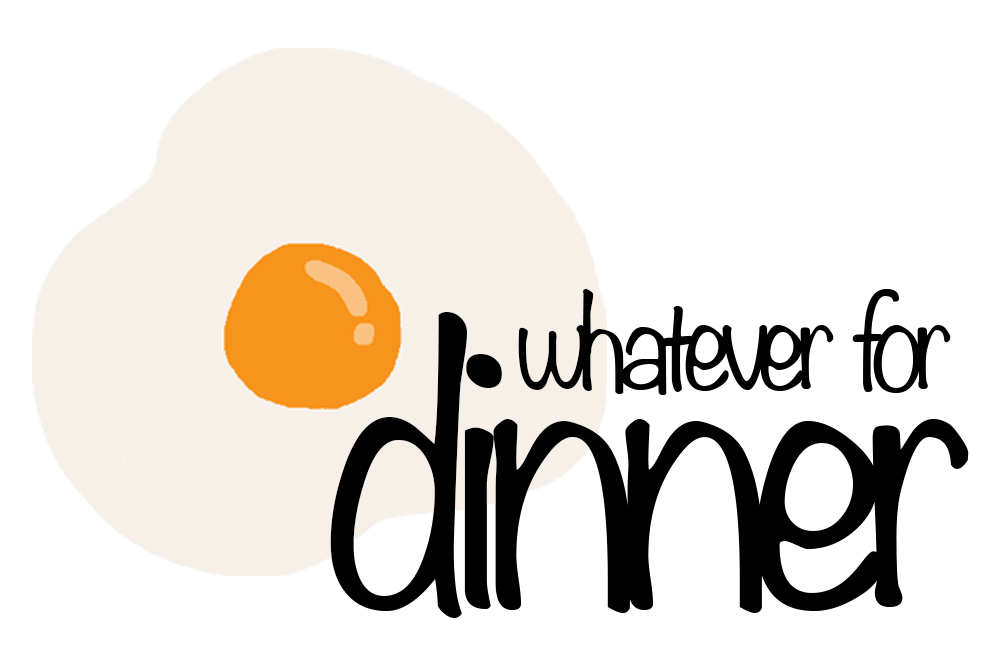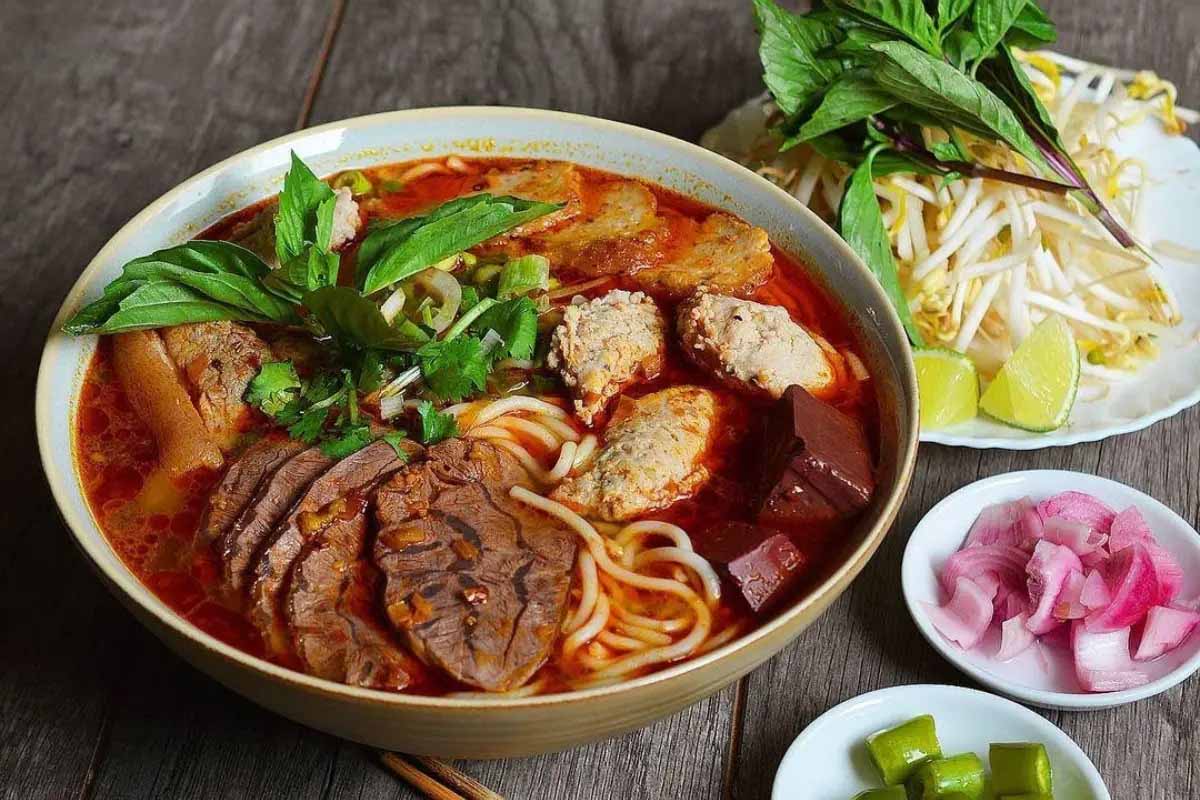The Vietnamese cuisine is a graceful tango between different flavours and aromas. Represented on the world stage by pho, Vietnamese food leaves a lasting impression on those who have experienced its vibrant flavours, delicate balance of spices, and the comforting warmth it brings with every bite. Pho is essentially a beef soup which contains thin rice noodle strains, topped with fragrant herbs such as Thai basil and sawtooth coriander. Those who have tried pho have yet to come across an equivalent anywhere else in the world.
Nevertheless, the list of Vietnamese noodle soups doesn’t just contain pho. In fact, I would argue that the number of noodle soup dishes stretches as long as this country’s coastline, as every region, every village, and every commune has their own variation of belly-warming noodle soups. But if you were to ask me about pho’s rival, I would no doubt name “bun bo Hue” as a beefy contender. Although bun bo Hue might be a latecomer to the international food stage, it’s definitely one of the heavyweight contestants for the title of the most unique noodle soup in the world. And I don’t say that lightly.
If you’re planning a trip to Vietnam, or literally trying to decide if you should eat a bowl of pho or bun bo Hue next, this guide is for you. In this article, I’m going to explain the difference between pho and bun bo Hue in terms of ingredients, tastes, and origins.
Where did these two noodle soups come from?
As with most of the recipes in the world, no one really knows who and where the first bowl of pho was created. According to historians, the dish we call pho today originated in Nam Dinh, a province located to the southeast of Hanoi. Pho came into existence around the late 19th – early 20th century, at the height of French-ruled Vietnam. French colonizers, though settled in Annam, hadn’t lost the appetite for beef, as was the custom in their home country. This led to a rising demand for beef, which led to a surplus of beef bones. Vietnamese and Chinese vendors, ever so resourceful, boiled the bones to create a rich and umami broth, the basis for the modern day pho.
Bun bo Hue’s origin story is perhaps less shrouded in mystery. Hue is a city in central Vietnam, approximately 700km south of Hanoi, and also the former citadel of imperial Vietnam. The “bun bo” in bun bo Hue translates to “beef noodle soup”, and so bun bo Hue can be roughly understood as “the beef noodle soup from Hue”. Funnily, to the locals in Hue and the surrounding regions, bun bo Hue is simply known as “bun bo”. Bun bo Hue’s story is actually quite fascinating, which we’ve covered in a previous article.
What are the main ingredients in pho and bun bo Hue?
Most people can’t seem to understand the difference between these two dishes in terms of components. And it’s easy to see why. After all, pho and bun bo Hue share a concept: noodles drenched in savoury broth, topped with beef slices and herbs. But this statement is barely scratching the surface of these two dishes. For people who grew up eating them, there are some clear distinctions:
The noodle
Pho is made with thin, flat noodle strands. In fact, “pho” refers to the noodle, not the soup.
Bun bo Hue is made with thicker, round noodle strands, kind of like a rice-based spaghetti.
The broth
Pho’s broth is meant to accentuate the natural sweetness extracted from the bones. A good bowl of pho will highlight the umami taste of slow-simmered broth, infused with aromatic spices like star anise, cinnamon, and cloves.
In a different fashion, bun bo Hue’s broth is a robust amalgamation of lemongrass and fermented shrimp paste. Beef is still the centerpiece of this dish, though one could swear they can taste the harsh climate of the region in the use of chilli oil and the deep-red annatto seeds.
The accompanying herbs
Pho uses bean sprouts, Thai basil, sawtooth coriander, and Vietnamese mint as the main vegetables. You might add more chilli slices if you’re into some heat, and squeeze in a lime wedge if fresh acidity is your thing.
Bun bo hue uses bean sprouts, morning glory, banana flowers, and basil as the main vegetables. Chilli oil is included in the broth, though you might want to add chilli slices or a squirt of lime.
Same, but different
Though the idea is the same, the ingredient lists tell us two completely different stories. Pho is subtle and measured, like a slow ballad played at sunrise. It’s built on the quiet confidence of its clear broth and gentle aromas. A good bowl of pho feels like home – it doesn’t shout, it soothes.
Bun bo Hue, on the other hand, is bold and bracing. It doesn’t hesitate to announce itself. From the first spoonful, you’re hit with layers of flavour: sour, salty, spicy, and savoury – all dancing in harmony, yet each demanding your attention. Where pho whispers, bun bo Hue roars.
Regional influences at play
What truly separates these two dishes is not just the ingredients, but the cultural mindset behind them. Northern Vietnamese cuisine, where pho was born, tends to emphasise balance and restraint. It values clarity, simplicity, and elegance – ideas deeply embedded in its history and traditions.
Central Vietnam, the home of bun bo Hue, is a region shaped by royal cuisine and a tougher climate. The flavours here are unapologetically strong, perhaps because they had to be. It’s not uncommon for meals in Hue to pack a punch, with fermented elements, spicy notes, and complex preparations being the norm.
Which one should you try first?
This isn’t an either-or situation. If anything, it’s an invitation to explore the vast spectrum of Vietnamese culinary artistry. Try pho when you’re craving something comforting and classic. It’s great for breakfast, or when you’re in need of a warm hug in a bowl. Opt for bun bo Hue when you’re in the mood for something fiery, bold, and full of character. It’s a dish that demands your full attention – and rewards it too.
A final note
If you ever find yourself at a crossroads, staring at a menu that offers both pho and bun bo Hue, don’t stress. You’re not choosing between right or wrong. You’re simply deciding which side of Vietnam you want to taste today. North or Central? Soothing or spicy? Gentle or gutsy?
Whichever you choose, know that it’s more than just a bowl of noodles. It’s a taste of history, culture, and generations of quiet genius passed down from cook to cook. And trust me – once you’ve tried them both, you’ll never see noodle soup the same way again.

